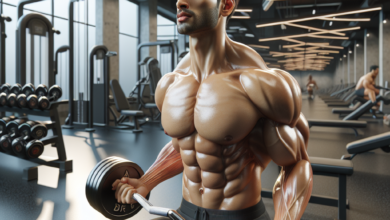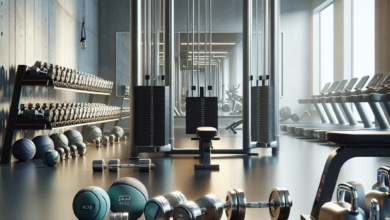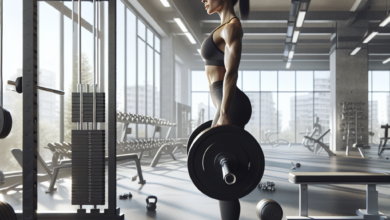Top 6 Yoga Poses for Runners

Running and yoga complement each other as both help in enhancing the stability of an individual along with the tightening of muscles. Yoga helps make our body more flexible which improves our mobility thus helping us avoid any sort of serious injuries. Doing yoga and carrying out different yoga poses also act as a stress buster for people who are stressed out. Runners, in general, should incorporate yoga in their daily routine life as it will not only boost their stamina and improve their flexibility but will also help them ease out body aches caused by intense running.
The top 6 yoga poses that are designed specifically for runners are mentioned below:
Downward Facing Dog
The downward facing dog is one of the best yoga poses for runners. It should be done immediately after intense running as it will not only stretch your calves but will also help in lengthening your spine. It is known to cure problems related to knee, foot or shin splints. To perform this downward facing dog pose, lift your hips towards the ceiling in a straight posture and bend down with your palms placed firmly on the ground.
Shoelace Pose
Shoelace pose of yoga is designed specifically to target hips, joints and gluteal muscles. After intense running these muscles tend to get very tight and firm. Shoelace yoga pose works on lengthening the muscles but in a slow and gradual manner.
Sit down on your exercise mat and stretch your legs. Now bring your right leg and place it over your left thigh and left leg should be placed on the right thigh. Stay in this position for 4-5 minutes or till you feel that your muscles are stretching. Try to lean forward as much as you can.

Pigeon Pose
Pigeon pose is known to alleviate any sort of tension that might be present in your neck or shoulders. It will help you stretch out any muscle that might be tightened after running.
For pigeon pose, the right leg should be placed between your hands while the left leg should be straightened up at the back. Place your hands forward on the mat while ensuring that your hips are even. Stay in this position for three to five seconds or till you feel like changing sides.
Bridge Pose
Bridge pose is a very simple and easy yoga poses for runners. It helps alleviate tension or pain in the lower back of the body. For bridge pose, one should lie down on their back with their feet placed firmly on the ground. Now lift your knees in a way that they point towards the ceiling. Your head should be placed on the mat. Lift your pelvis and spine as much as you can but without the support of your arms. Try the bridge pose at least 3 times and each pose should last for at least 3-5 seconds.
Forward Fold Pose
Forward fold pose releases tension in your shoulder and lower back. It is one of the intense yoga poses as it involves a lot of patience. With every breath that an individual takes, they have to move further towards the ground.
Stand straight with your feet slightly apart from each other. Now bend forward and keep your hips even. Hold your ankles or place your hands on the ground. It might vary from person to person as it depends on how flexible your body is. Stay in this position for 4-5 seconds and repeat the pose 3 times before you move onto the next yoga pose.
Cobbler Pose
Cobbler pose is also known as a bound angle pose. It is designed for runners who feel that their hips are very tight after running. In a bound angle pose, lie down on your back with your soles touching each other. It will help open up and release the tension of your lower back and thighs. Give a very gentle and mild stretch to your knees. Now stay in this position for a few minutes. Practice it daily as it will help in loosening the tight muscles along with improving your flexibility.
Yoga and running together are a perfect combination as it not only improves your health and well-being but also boosts your stamina. However, in case of an injury, give your body ample amount of rest before resuming as recovery is equally important. Try out different yoga poses to achieve benefits in the long run.



